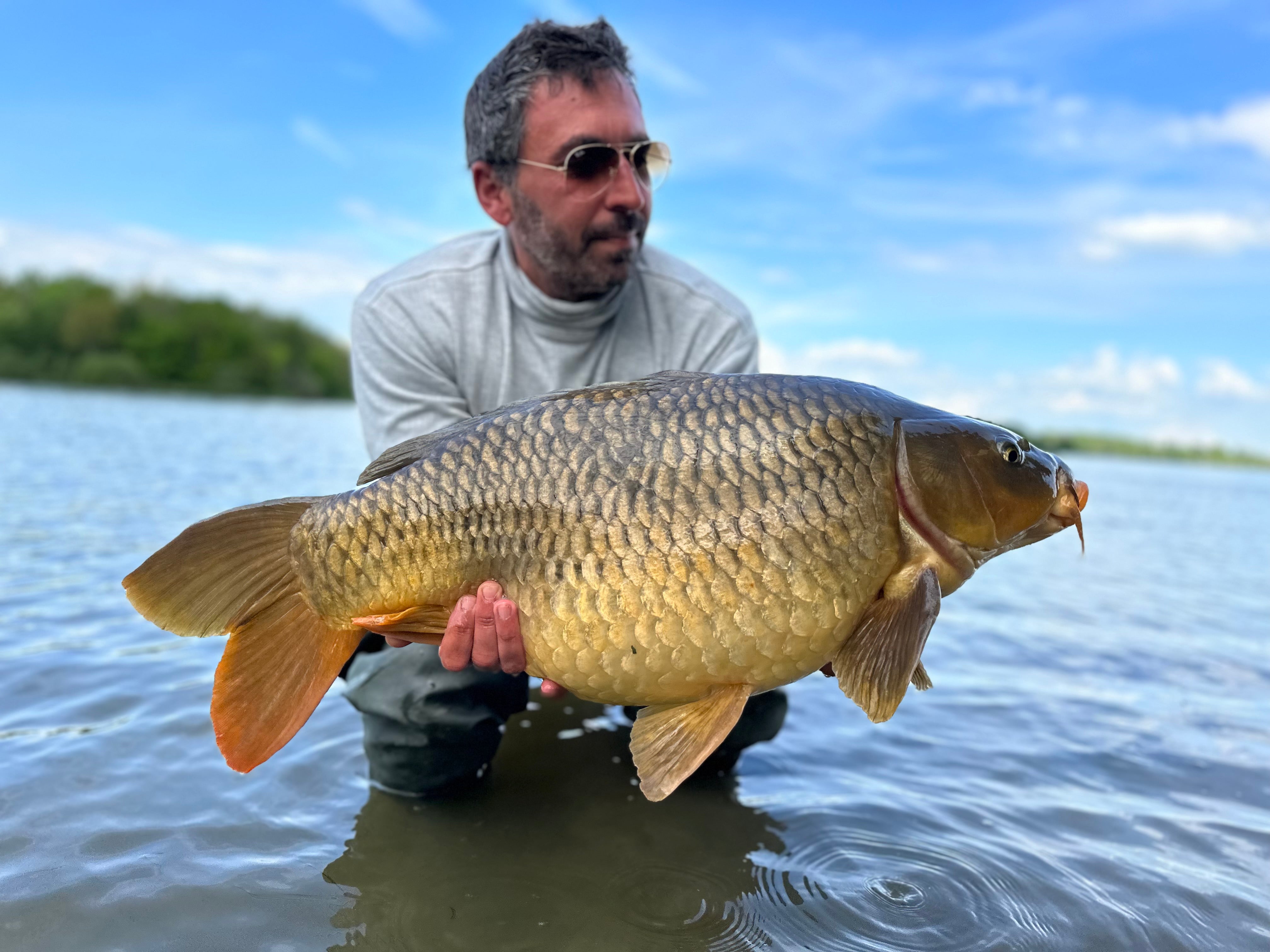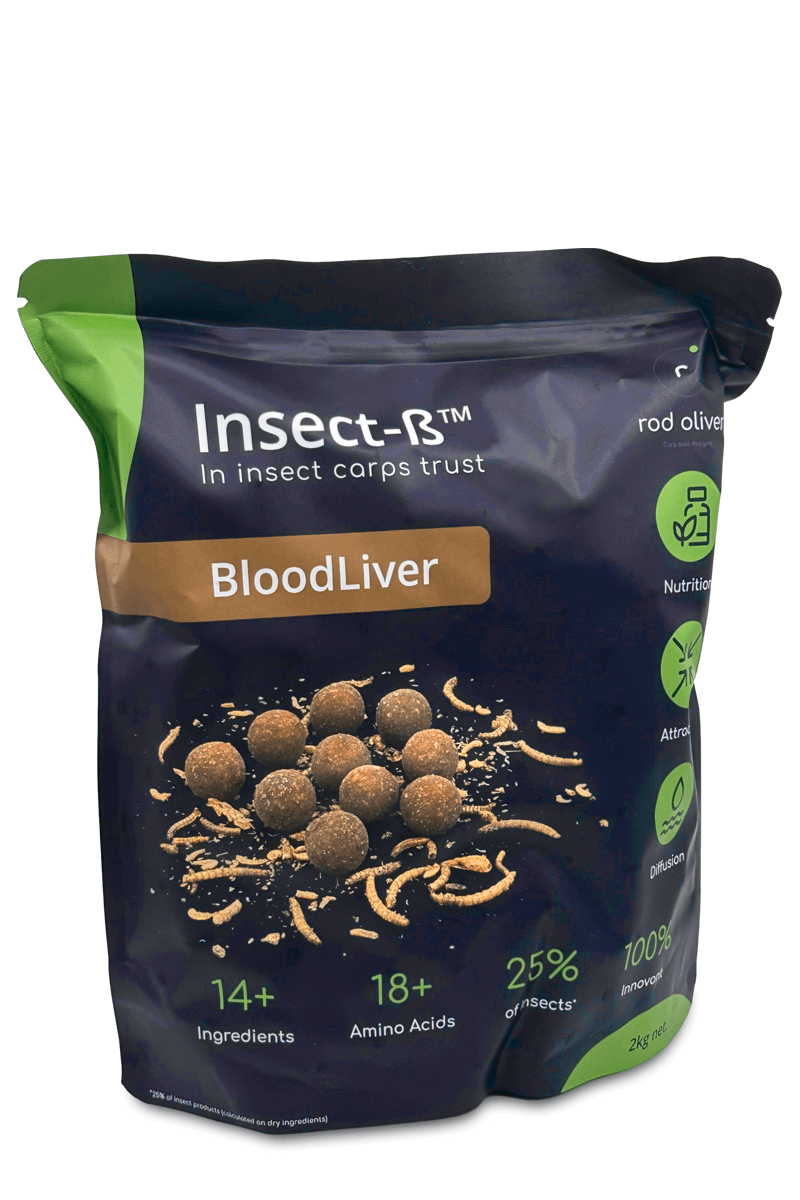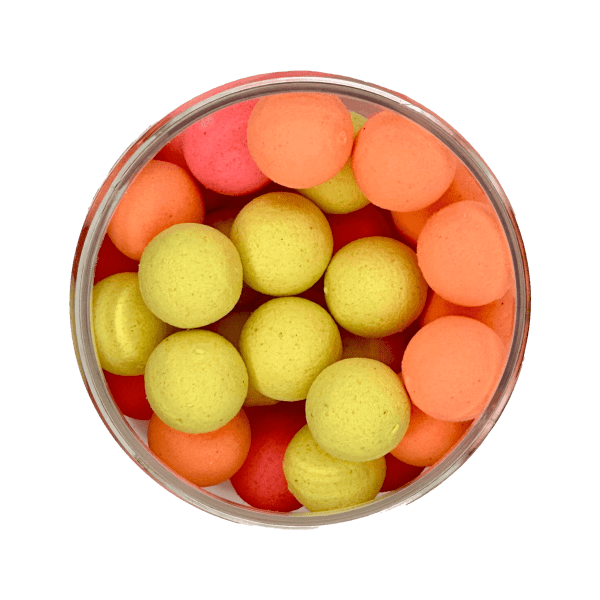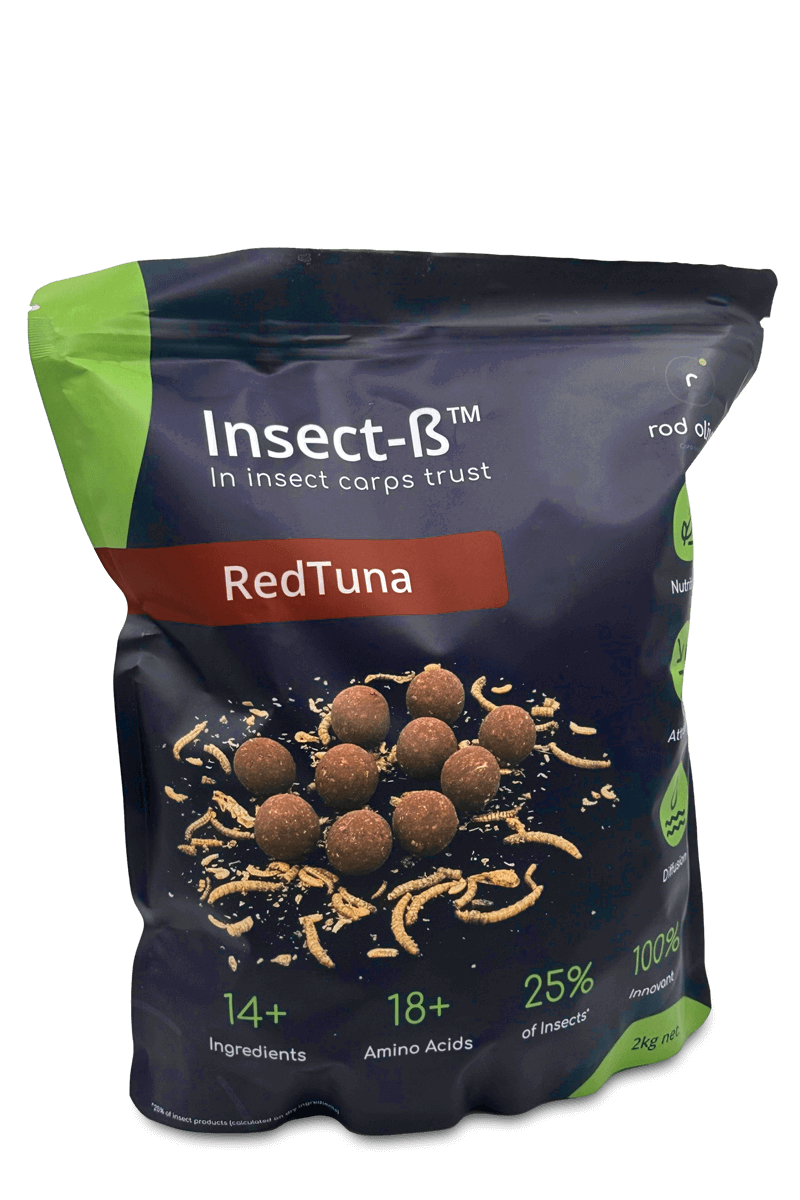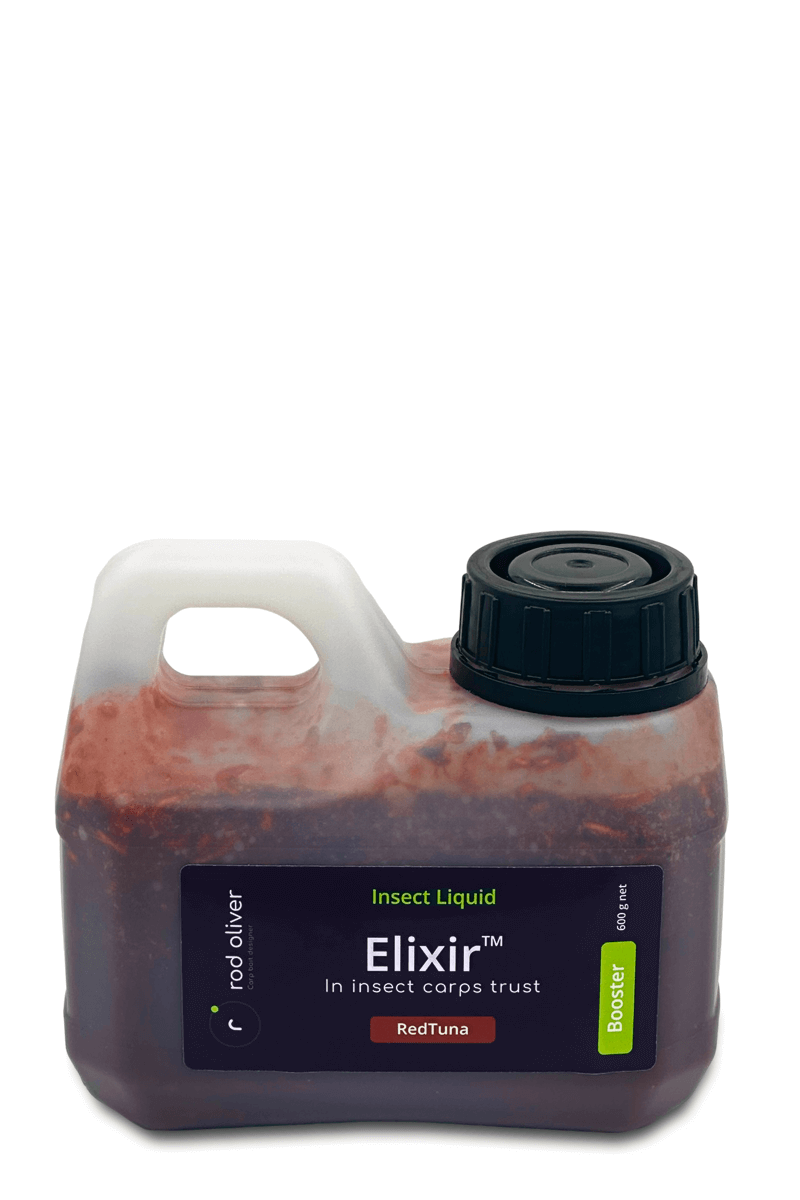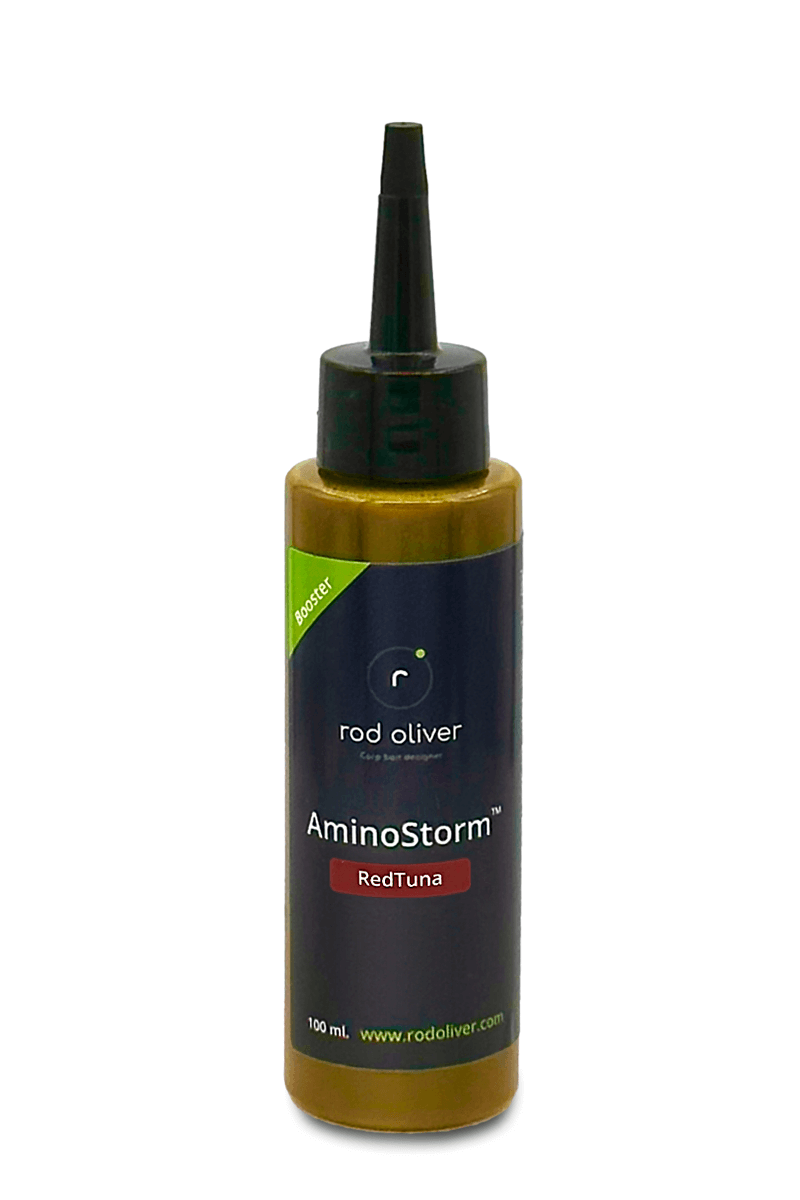5.3 Spot or Area Baiting?
The difference between spot baiting and area baiting lies in the extent of the covered area. Spot baiting is limited to a few square meters or tens of square meters, while area baiting extends over a much larger surface area, ranging from several hundred meters to several hectares.
Area baiting obviously requires a larger quantity of bait to cover this expanse. Its main objective is to reach a greater number of fish while providing them with a safe environment to feed, reducing their level of suspicion. The idea is to compel carp to explore wide areas in search of food, thereby encouraging them to stay on the fishing spot for an extended period. In other words, area baiting aims to create a vast feeding area.
This approach is particularly effective in waters where carp are dispersed or difficult to locate. It is more suitable for long-duration fishing sessions, unlike spot baiting, which is more appropriate for shorter sessions.
Both techniques can be combined during prolonged sessions. One starts with area baiting to gather fish, then during fishing, more precise baiting is done on the most productive rods. The reminder is then made on these spots, with the goal of concentrating carp on increasingly restricted areas.
5.4 Precision Baiting
Reminder baiting is a technique often overlooked but essential during a carp fishing session.
It involves keeping carp active at the fishing spot by regularly adding bait. When the fish are present and the first bites occur, it is crucial to continue baiting regularly to prevent the carp from leaving the area. This practice aims to maintain consistency in catches and reduce the time between each bite.
In the absence of proper reminder baiting, the area would lose its appeal, and the fish would turn away, making it difficult to restore the situation and often requiring a complete re-baiting.
This technique requires experience and a good understanding of the fishing location to adjust the frequency and quantities of bait. It should be initiated at the first signs of activity and maintained even in the case of timid and spaced-out bites. The amount of bait should be adapted to the intensity of the observed activity.
The primary goal of reminder baiting is to increase fish activity by triggering a feeding frenzy. For example, some anglers send out a few boilies at the first signs of activity, then add between a quarter and a third of the quantity used previously after each bite, in addition to the baiting accompanying the placement of the rig that caught the fish.
As with any baiting, the success of reminder baiting depends on the quality of the bait used. It is crucial to avoid low-quality boilies to prevent saturating the fishing area and allow carp optimal digestion, thus fostering a virtuous cycle between baiting and bites.
6. Baiting and Fishing Spots
6.1 Baiting for Carp Fishing in Ponds
Ponds are often fishing spots with the smallest surface area, where heavy baiting, with a few exceptions, makes less sense. Ponds are the place for spot baiting, often quite light, but it's often beneficial, as in all fishing spots, to carry out some baiting in the days before fishing.
6.2 Baiting for Carp Fishing in Gravel Pits
To optimize your fishing sessions in gravel pits, it's essential to implement baiting strategies tailored to this complex environment. Unlike ponds, gravel pits often have varied relief and substrates, making them more challenging to fish. They are also rich in natural food, which can make carp more selective.
In these conditions, the accuracy of baiting is crucial. Errors are less tolerated, especially in the most challenging gravel pits. The nutritional quality of boilies plays a crucial role in the success of your fishing. Therefore, it's important to choose high-quality baits, rich in nutrients, to attract carp and encourage them to feed.
Gravel pits generally lend themselves well to prolonged and precise baiting. Indeed, these tactics help keep carp at the fishing spot and increase your chances of catches. Moreover, using precise baiting methods will help you target the most promising areas of the gravel pit, where carp are most active.
6.3 Baiting for Carp Fishing in Large Lakes
Large lakes are popular destinations for anglers looking to practice heavy and targeted baiting. These vast expanses of water provide an ideal terrain for implementing elaborate baiting strategies aimed at attracting fish to specific areas.
Baiting in large lakes typically involves the use of large quantities of bait spread over extensive areas. This approach aims to create a constant and attractive food source for fish, thereby encouraging them to gather and remain active in specific zones of the lake.
To succeed in these environments, it is essential to understand the lake's characteristics, such as currents, underwater structures, and natural food zones. This knowledge enables anglers to choose the best locations for their baiting, thus maximizing their chances of success.
6.4 Baiting for Carp Fishing in Rivers
Fishing in large lakes and rivers is particularly well-suited for heavy and prolonged baiting. Indeed, carp are often abundant in these waters, and the presence of coarse fish can sometimes be phenomenal, as is the case on the Rhône River. Even though maintaining carp in a specific area may seem challenging under such conditions, the quantities of bait needed for a successful session, especially over several days, will be much larger than on a communal pond.
Although rivers are suitable for baiting combined with seeds, boilies remain the bait of choice as they help limit catches of coarse fish. Exclusive baiting with boilies will promote better selectivity. Personally, I believe pellets have no place, except in larger sizes exceeding 20 mm.
Some spot baiting tactics can also be effective in rivers, especially in holding areas such as certain backwaters, ports, or very specific spots like bridge pillars.
6.5 Baiting for Carp Fishing in Canals
Carp fishing in canals requires a specific approach to attract and catch these demanding fish. In France, where canals are often narrow, and in Belgium, where some canals may resemble rivers, it is crucial to adapt baiting strategy according to the canal's structure.
Canal carp are known for their mobility, making it difficult to keep them in one baiting spot. To maximize success, it is recommended to opt for precise and regular baiting to habituate the carp to feed in these specific areas.
6.6 Baiting for Carp Fishing According to Seasons and Weather
To optimize your baiting during your carp fishing sessions, it's essential to adapt your approach according to the seasons and weather conditions. This primarily involves adjusting the quantities of bait used.
Water temperature is a key factor, closely linked to the season and weather, which directly influences carp activity and digestion process. Indeed, the higher the water temperature, the faster the digestion and the more intense the feeding activity. Conversely, in colder waters, digestion slows down. Therefore, it's crucial to adjust the amount of baiting according to the water temperature. Baiting strategies will thus differ between winter and late spring.
However, even in winter, it's important to maintain some frequency in baiting, although the quantity of bait used is reduced. Additionally, during the winter period, the quality of boilies becomes increasingly important. Choosing perfectly digestible boilies is paramount, thus limiting the use of seeds due to their low digestibility.
7. Conclusion
Baiting for carp fishing is a complex and crucial discipline, where every detail can make the difference between success and frustration. As we've explored in this article, baiting is much more than simply scattering bait into the water. It's a science, an elaborate strategy that demands a deep understanding of carp behavior, the characteristics of the fishing location, and environmental conditions.
The quality of the bait used is a central element of any successful baiting strategy. Whether it's boilies, pellets, or seeds, the choice of bait must be made carefully, considering the nutritional composition and digestibility. At Rod Oliver, we've developed the IF-B™ boilies, specially designed for high-quality baiting, with a precise combination of ingredients promoting easy digestion and optimal attractiveness.
Furthermore, the approach to baiting must be adapted according to various parameters, such as the duration of the fishing session, the type of fishing location (pond, gravel pit, lake, river, canal), and even the seasons and weather conditions. Specific baiting strategies must be implemented for each situation, whether it's short-term or long-term baiting, light or heavy baiting, spot or area baiting.
Finally, baiting doesn't stop once the first fish are caught. Recall baiting plays an essential role in maintaining carp activity at the fishing spot, thereby increasing the chances of regular catches. This practice requires experience and a good understanding of fish behavior, but it can make all the difference between a successful session and a disappointing one.
In conclusion, baiting for carp fishing is a demanding yet exciting discipline, where patience, observation, and precision are the keys to success. By understanding the fundamental principles of baiting and adapting them to each situation, anglers can maximize their chances of catching these magnificent fish and have unforgettable experiences by the water's edge.
All that's left for me to do is wish you tight lines!
Rod Oliver
